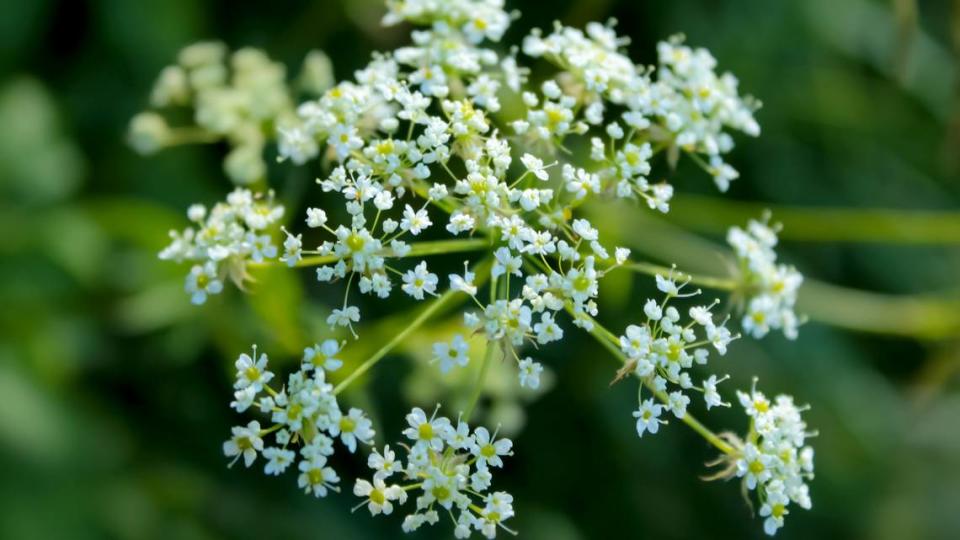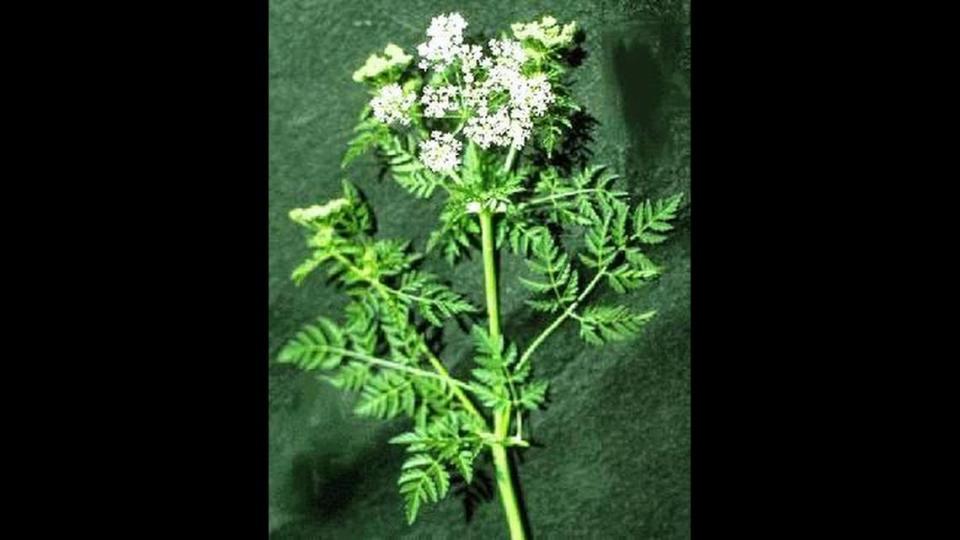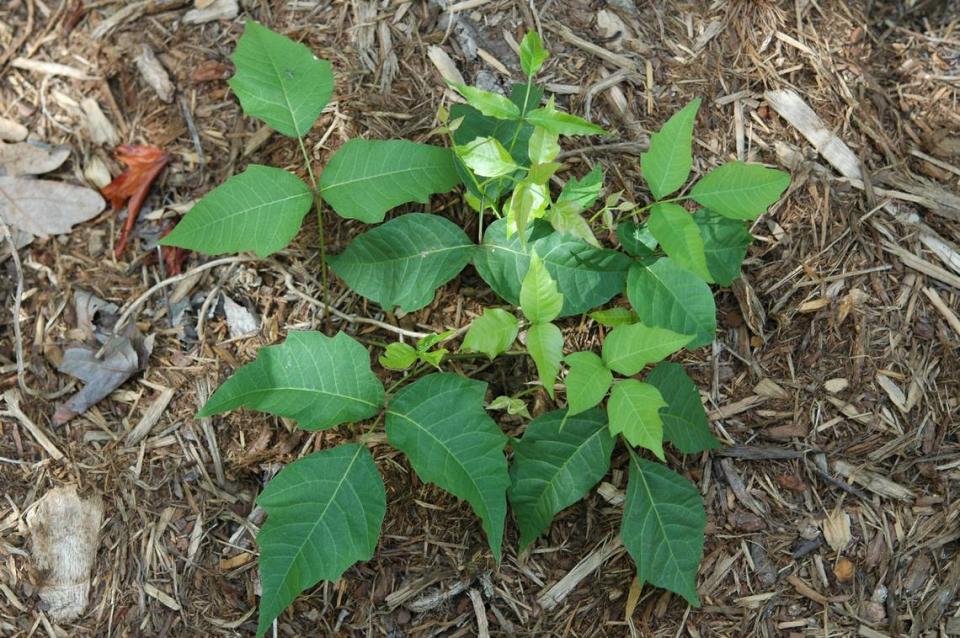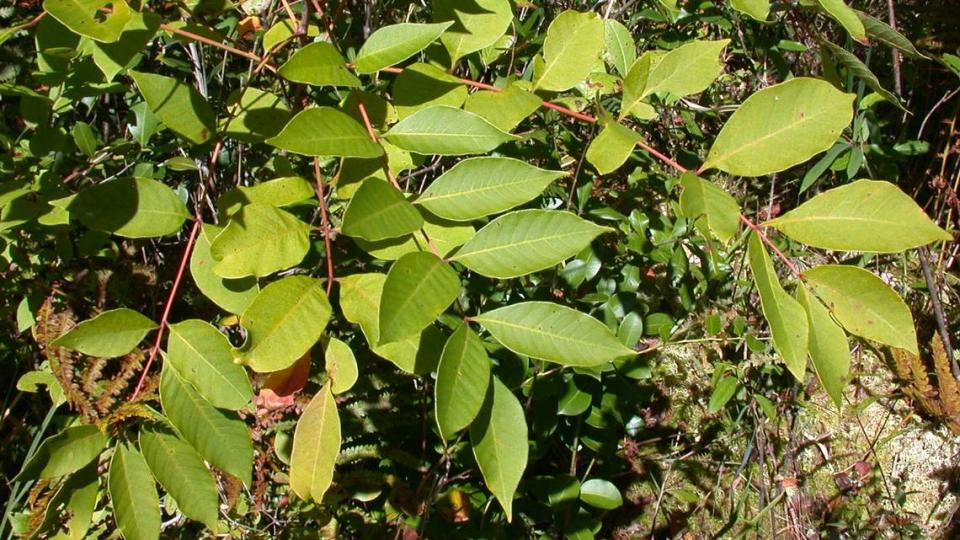Think a copperhead is bad? Watch out for these 5 poisonous SC plants
South Carolina is known for its wealth of outdoor splendor, but venturing out into nature can lead to varying degrees of danger.
When out hiking or camping in South Carolina, there are those who worry about contact with potentially dangerous animals, such as bears or the slithery copperhead, the state’s most venomous snake. Fewer seem to concern themselves with dangerous plants, some of which are highly toxic when ingested, while others are harmful even to touch.
Here are five poisonous and dangerous plants to avoid in South Carolina.
Water Hemlock
Considered to be the most deadliest plant in North America, water hemlock can be found in most U.S. states, including South Carolina. Only a small amount is needed to cause poisoning in livestock or humans, the U.S. Department of Agriculture states. Ingesting it can cause abdominal pain, nausea, vomiting, seizures and can often lead to death.
Most accidental ingestion occurs through mistaken identity — people confuse it for edible plants like sweet anise or wild parsnips.
How to identify water hemlock
Water hemlock grows small white flowers in umbrella-like clusters. It is a wetland plant commonly found in meadows, pastures and along the banks of streams and usually starts growing in the spring.

Poison Hemlock
This invasive plant was brought to the U.S. from Europe. According to the U.S. Department of Agriculture, poison hemlock is sometimes confused with water hemlock because they have similar names. However, the two plants cause different types of poisoning.
Poisoning often occurs after the victim confuses hemlock root with wild parsnips, hemlock leaves with parsley, or hemlock seed with anise. Simply touching poison hemlock usually doesn’t cause a reaction. However, it a person has a cut or other type of open wound, the plant’s toxins could enter the bloodstream and make a person ill.
How to identify poison hemlock
The plant has white flowers that grow in small clusters. The flowers develop into a green, deeply-ridged fruit that contains seeds. Poison hemlock starts growing in the early spring and is often found in ditches, along fence lines and other moisture-rich areas.

Poison Ivy
This well-known plant belongs to the cashew family, the S.C. Department of Natural Resources states. It is estimated that 70% of the population in the United States is sensitive to the oil produced by poison ivy leaves and stems. Touching the plant can cause an irritating skin rash and in rarer cases can lead to more serious medical issues.
How to identify poison ivy
The plant’s leaves are deeply dissected into three thin leaflets that are hairy along the veins on the underside. The flowers are green-ish white to cream. Poison ivy grows in many places, from open areas to forests and well disturbed places like ditches and roadsides. It prefers shady, damp areas and produces flowers in April and May.

Eastern Poison Oak
Eastern poison oak isn’t quite as common as poison ivy, but it can still be a threat to outdoor seekers. Much like poison ivy, eastern poison oak can cause painful skin irritation if touched.
How to identify eastern poison oak
According to the Farmers Almanac, its leaves resemble the leaves of oak trees, though it is not a member of the oak family. The plant is a shrub that can grow to be 3 feet tall. The leaves are duller green than those of poison ivy.
Poison Sumac
Poison sumac has the same toxin found in poison ivy and eastern poison oak, only it is more highly concentrated. As such, poison sumac is more dangerous. Every part of the plant contains the chemical.
How to identify poison sumac
The plant can grow up to 20 feet tall and is primarily found in wet areas like marshes, bogs and wet woodlands. It can be identified by its large alternate leaves, usually with nine to 13 leaflets and a red stem that connects them, carolinanature.com states.

